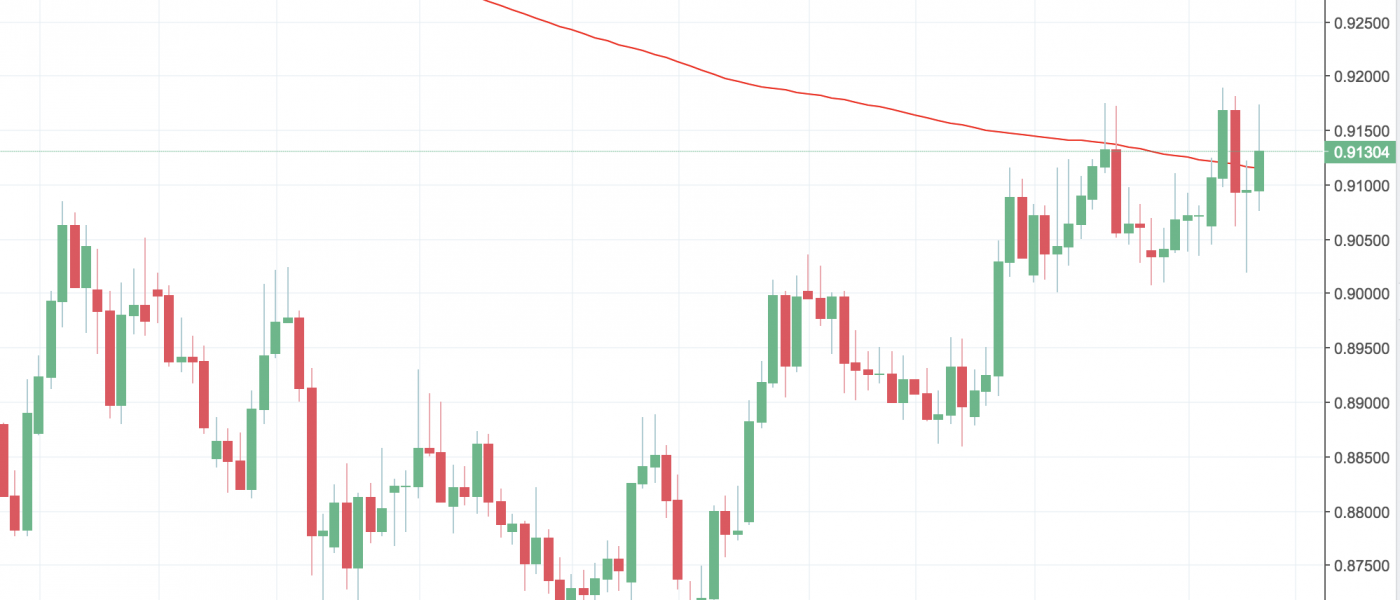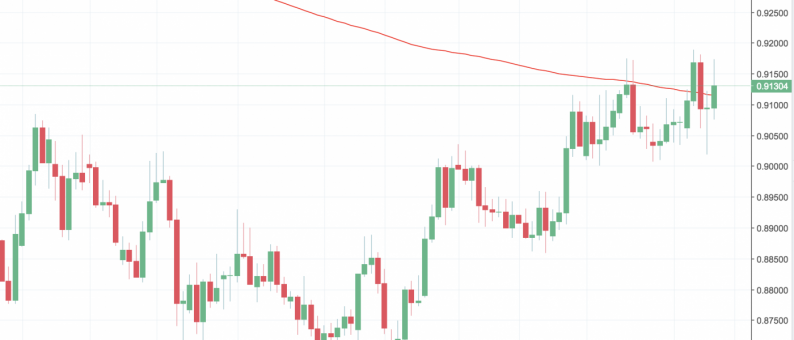
The New Zealand dollar was this week’s best performing currency thanks to higher dairy prices, stronger labor market data and the central bank’s nonchalant view on the rising currency. Economists expected the jobless rate to rise but instead, employment grew by 0.5% in the fourth quarter, driving the unemployment rate down to 4.5%. Although the Reserve Bank of New Zealand cut their GDP forecasts to 0.8% from 1.2% in the first quarter, Deputy Governor Spencer dismissed the rising currency by saying it hasn’t moved too much and they are not concerned about the level. Business PMI is only New Zealand economic report scheduled for release in the coming week and given the currency’s recent strength, it should continue to outperform other major currencies including the Canadian dollar. The loonie fell to its weakest level in 6 weeks on the back of falling oil prices and weaker economic data. Everything from Friday’s labor market report to the trade balance and IVEY PMI index missed expectations. A total of 88K jobs were lost in the month of January. Not only was this significantly worse than the consensus forecast for 10K job growth, but it was also the largest one month loss since 2009. The deterioration was so significant that it drove the unemployment rate back up to 5.9%. USD/CAD shot higher in response but failed to hold onto those gains as investors found some comfort in continued full time job growth. Although 137K part time jobs were lost, 49K full time jobs were added, which could be a sign of a healthy rotation in the labor market. Looking ahead, there are no major Canadian economic reports scheduled for release. USD/CAD has significant resistance near 1.26 so if there’s a time and place for a turn, it would be in the week ahead. A potentially slower rise in USD/CAD (due to resistance) and the outperformance of NZD suggests that we should see further gains in NZD/CAD.
Technically, NZD/CAD is trading back above its 20 and 200-day SMA. This paves the way for continued rally towards 92 cents especially following Thursday’s strong reversal. Should NZD/CAD fall back below Friday’s low of 0.9075, then a move back down to 90 cents becomes more likely.













Leave A Comment